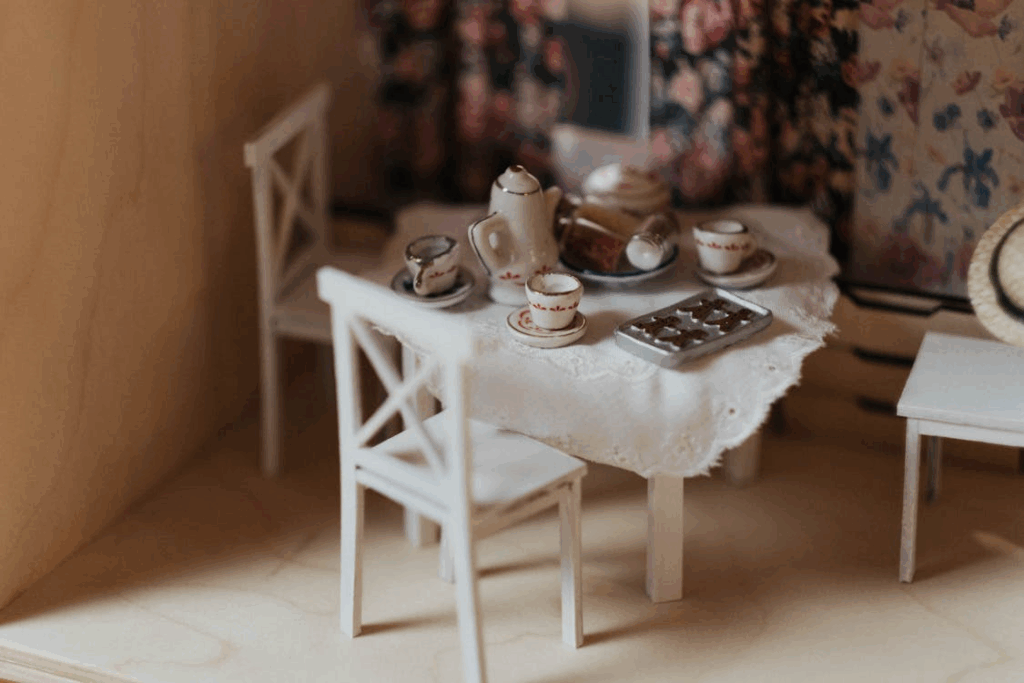Every family or friend group has that one unspoken rule: everyone knows whose spot on the couch is whose. Whether it’s the left corner, the recliner, or dead center by the remote, our seating preferences aren’t random.
Psychologists suggest that where and how we sit reveal subtle clues about personality, comfort, and even social dynamics. The couch, as it turns out, is a small stage for human behavior. Your seat on the sofa says a lot about how we interact, relax, and claim our space.
Comfort Zones and Control
Our favorite seat is often tied to comfort and control, two powerful psychological needs. Choosing a consistent spot gives the brain a sense of ownership and familiarity. Just as animals return to familiar perches or resting places, humans subconsciously mark territory through routine seating choices.
If you gravitate toward the end of the couch, you might value autonomy. The end seat offers freedom to stretch, lean, or exit easily. It’s ideal for those who like options and personal space. People who prefer the middle seat, on the other hand, tend to be more social or adaptable, comfortable being at the center of attention or within a group.
Those who always pick the recliner or a specific corner may crave stability and routine. The predictability of “your spot” creates a sense of calm in a world full of variables. In shared homes, that spot becomes a personal sanctuary. It’s your own small kingdom of cushions and comfort.
See The Rise of Cozy Culture to understand how comfort trends shape our habits.
The Social Psychology of Seating
Seating isn’t just about comfort. It’s communication. Where you sit in a room can reflect how you relate to others. Studies in environmental psychology show that people who choose seats facing others are more open to conversation, while those who sit at angles prefer indirect engagement.
In family dynamics, consistent seating arrangements can mirror relationships. Parents often take the ends of couches or chairs facing the TV, signaling authority or protection. Teenagers and guests may take the middle or floor, subconsciously acknowledging hierarchy. Even pets learn these social cues, curling up next to their preferred person’s spot night after night.
In group settings, the “favorite seat” phenomenon also reflects personality. Extroverts are drawn to central or visible positions where they can easily join a conversation. Introverts often favor corners or edges, where they can observe and engage on their own terms. Over time, these choices solidify into habits, becoming tiny reflections of comfort and self-expression.
Check out The Unwritten Rules of Airplane Etiquette for simple shared-space courtesies when seats are tight.
Home, Identity, and the Need for Space
The couch is more than furniture. It’s the emotional heart of the home. It’s where we unwind, connect, and recharge. Our chosen seat often becomes associated with specific rituals: a favorite blanket, a reading light, or the perfect view of the TV. Over time, those associations become part of our identity, much like a favorite mug or sweater.
Interior designers have long recognized this emotional bond. The best living spaces balance personal comfort with shared accessibility. That way, everyone feels at ease, even if “their” spot is temporarily occupied. It’s a quiet dance of boundaries and belonging that happens without words.
So the next time someone jokes, “You’re in my spot,” remember: it’s not just habit talking. It’s a small, human way of saying, This is where I feel most myself.
Explore What Your Handwriting Says About You (and What It Doesn’t) for another lens on personality signals.




